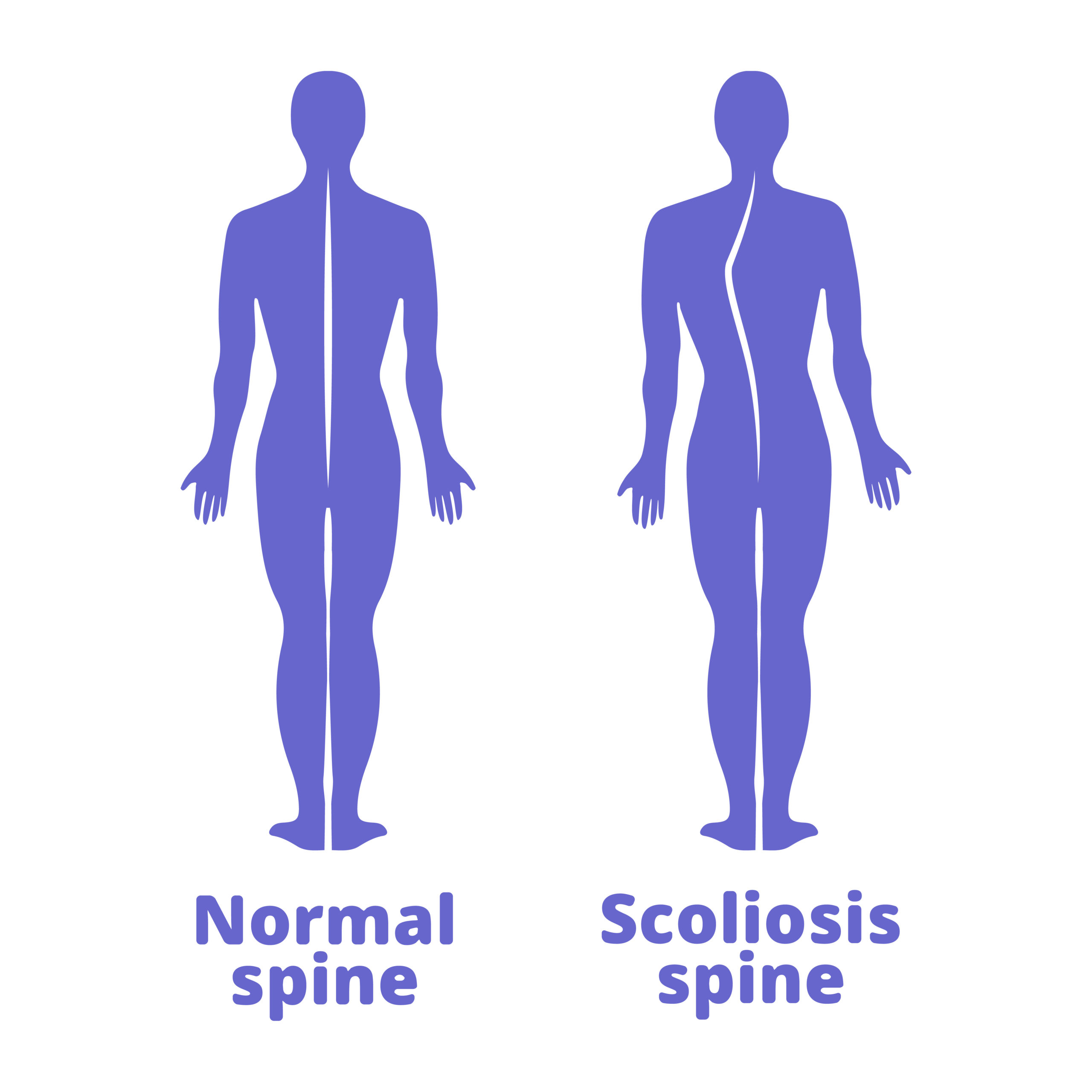Imaging tests for Scoliosis: Scoliosis Awareness Month
June is Scoliosis Awareness Month. It is a good time to raise awareness about this condition and learn more about how to prevent and treat it. If you have recently been diagnosed with scoliosis, it is important to understand this medical condition and the imaging tests that can help you most.
What is Scoliosis?
Scoliosis is a medical condition in which the spine curves abnormally (sideways). The spine’s normal curves occur in the sagittal planes of the cervical, thoracic, and lumbar regions. When the spine curves abnormally in these areas, it can disrupt the spine’s ability to absorb and distribute stress during movement, setting patients up for pain and limited mobility.
Approximately, 3 percent of the population is affected by scoliosis. This means an estimated six to nine million people in the United States deal with some form of scoliosis.
The cause of scoliosis is unknown, but it may be genetic or caused by an injury. Scoliosis is most commonly diagnosed in adolescence.

Scoliosis can lead to pain and difficulty moving. In severe cases, it can cause deformity and disability. Symptoms of scoliosis may include:
- Asymmetrical shoulders
- A shoulder blade that is more obvious than the other
- A waist that appears uneven
- One hip that appears higher than the other
- Clothes that fit unevenly
- Uneven arms that hang down at different lengths
If you or someone you know is experiencing any of these symptoms, it’s important to see a doctor as soon as possible. Scoliosis is a progressive condition, meaning it will continue to worsen over time if left untreated. There is no cure for scoliosis, but treatments are available to help manage the condition. In fact, early detection and treatment are essential in stopping the progression of scoliosis and preventing severe deformity.
Treatment for scoliosis will vary depending on the severity of the condition. In mild cases, observation and regular monitoring may be all that is needed. In more severe cases, bracing or surgery are necessary.
An estimated 30,000 children with scoliosis will need to be fitted with a brace. An additional 38,000 will undergo spinal fusion surgery.
Imaging Tests for Scoliosis
There are a few different types of imaging tests that your doctor might order if they suspect that you have scoliosis.
The most common type of imaging test used to diagnose scoliosis is an X-ray. X-rays can show the curvature of the spine and can help the doctor to assess the severity of the curve.
Other types of imaging tests that may be ordered include MRI (magnetic resonance imaging) and CT (computed tomography) scans. These tests can provide more detailed images of the spine and can help to rule out other causes of back pain or deformity.
At ImageCare Radiology, our trained technicians can perform all scoliosis screening and imaging tests at any of our locations throughout New Jersey. We offer state-of-the-art X-ray, MRI, and CT scans at a fraction of the cost you would pay at a hospital.
Schedule Your Radiology Screening Today
If your doctor suspects scoliosis, we can help. Our imaging centers offer a variety of diagnostic imaging services to help diagnose and treat scoliosis. Please let us know what tests you need, and we can help you! If your doctor has requested an x-ray or any other imaging service, give us a call today at 973-871-3333 to schedule an appointment or complete our convenient online appointment request form.